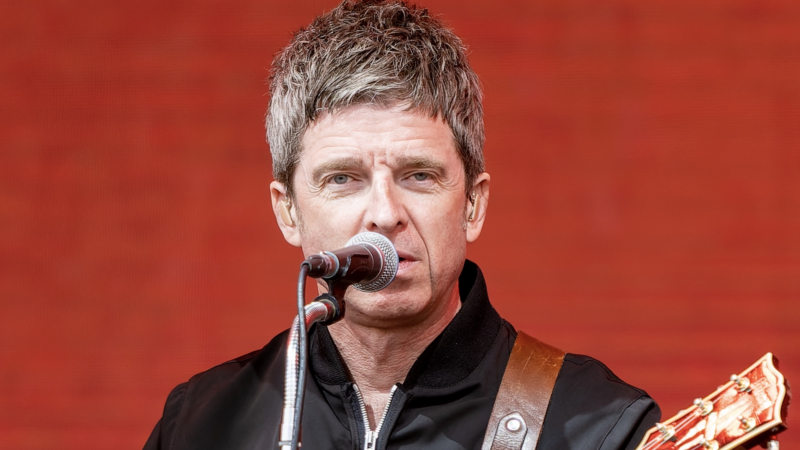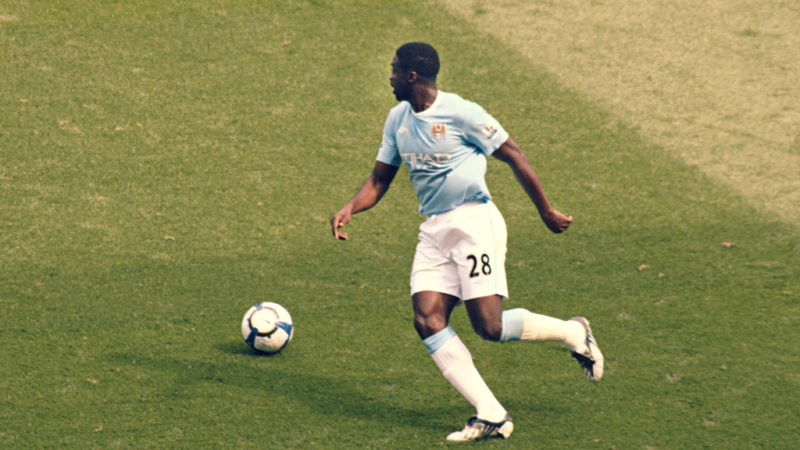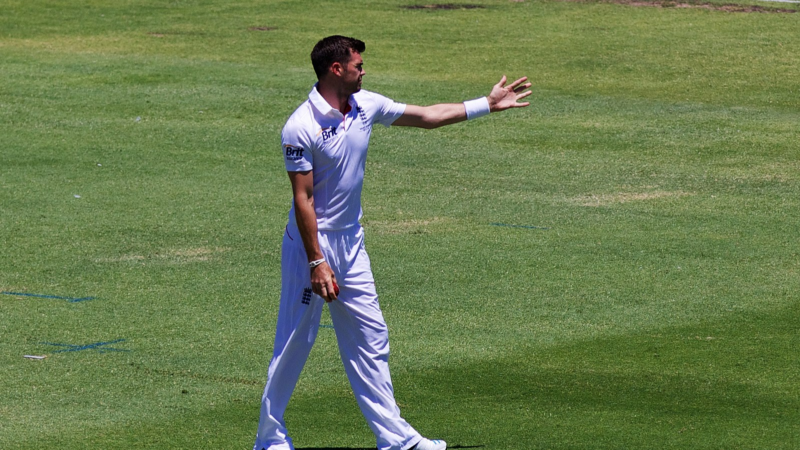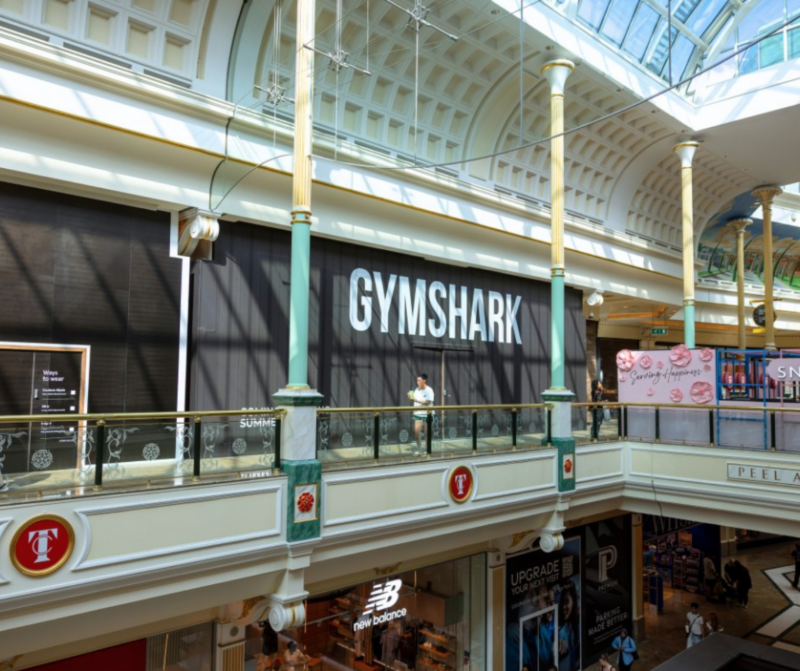Sport
Australia sets the example for return of sports fans
Australia is setting the example for British sports stadiums when it comes to getting significant crowds back watching the action. But Manchester, and Britain as a whole, could well have a long wait to enjoy exactly what Aussies are experiencing Down Under.
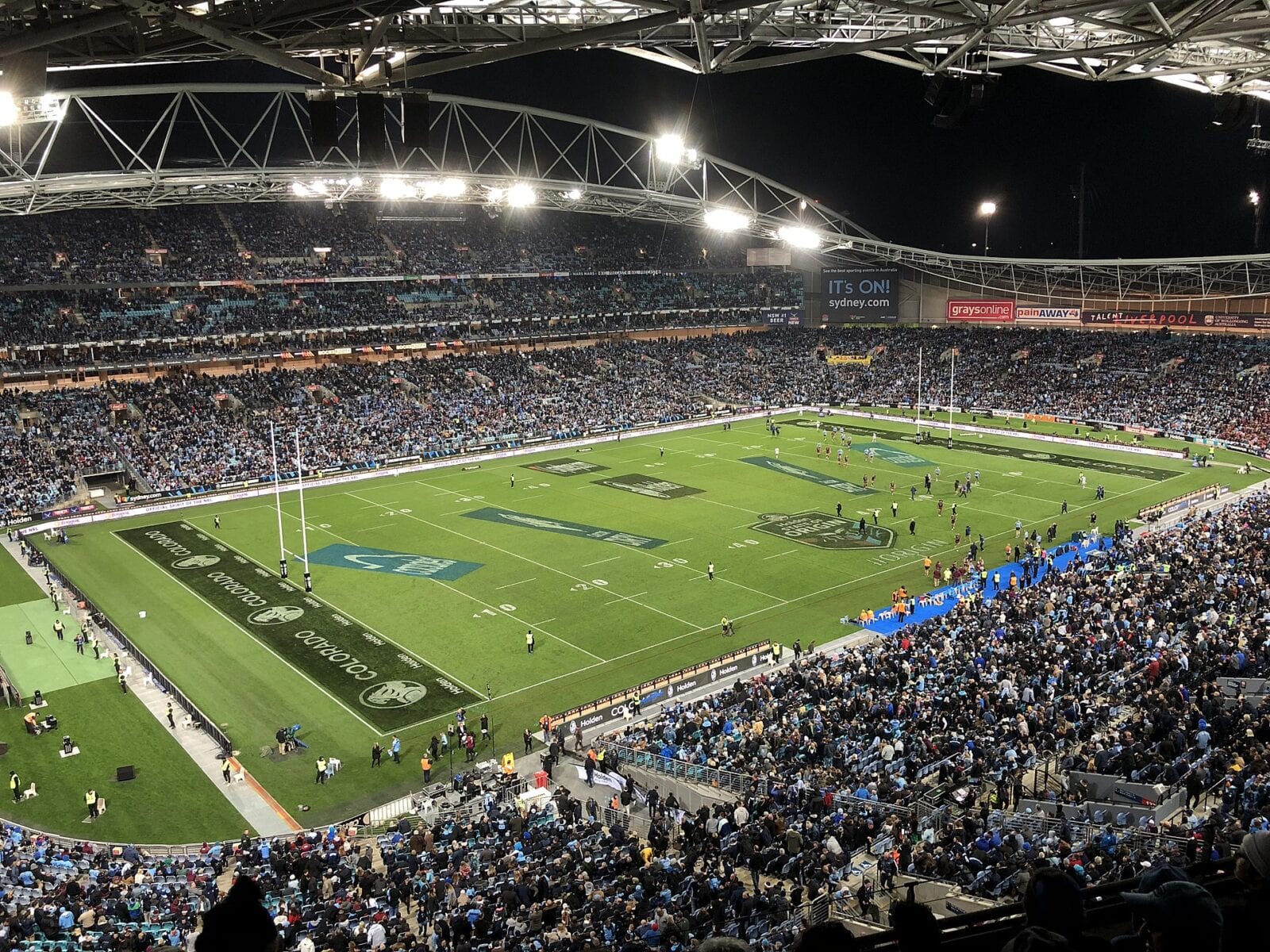

Australia is setting the example for British sports stadiums when it comes to getting significant crowds back watching the action. But Manchester, and Britain as a whole, could well have a long wait to enjoy exactly what Aussies are experiencing Down Under.
While small numbers of crowds have been permitted to head back into Premier League grounds at clubs not in Tier 3 areas in England, as well as horse racing tracks, the numbers are still minute when you consider Old Trafford and the Etihad Stadium pull in more than 50,000 when full.
It seems likely to be a long time off before stadiums are packed to the rafters again. But Australia, parts at least, are already there. Australian horse racing tracks like Randwick and Rosehill Racecourses in Sydney and Flemington and Caulfield Racecourses in Melbourne are being run with the type of crowds that the likes of Cheltenham and Aintree would love.
And sporting venues have had even bigger crowds. A total of 30,000 got to view the AFL Grand Final in Brisbane in October, while 37,303 packed into ANZ Stadium in Sydney the following day for the NRL Grand Final.
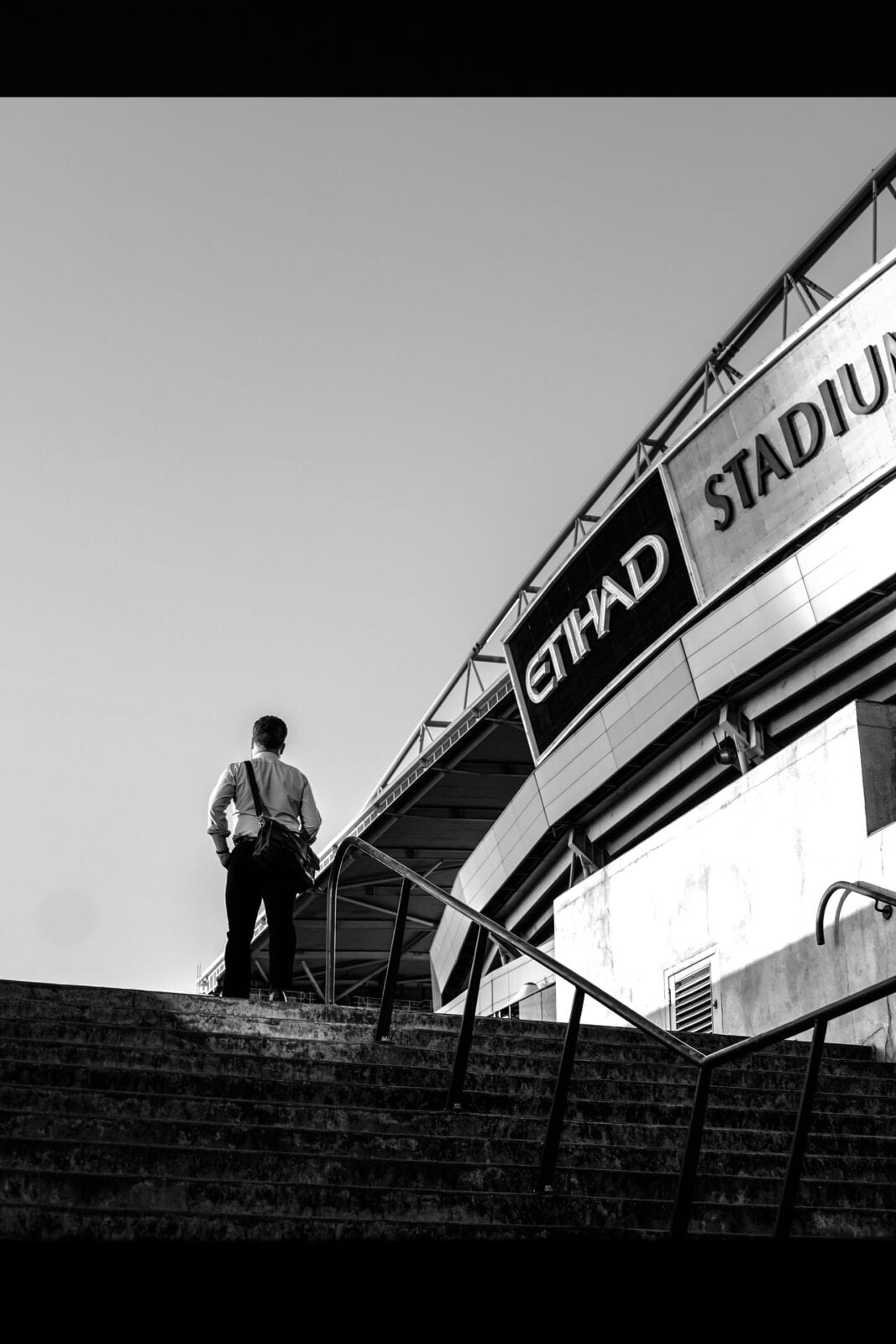
The Bledisloe Cup rugby union clash between New Zealand and Australia at Eden Park in Auckland attracted 46,049 spectators in October as the flow of fans back into stadia also extended to across the Tasman Sea too.
In November, it was a massive crowd of 52,500 that lined Suncorp Stadium in Brisbane for the State of Origin decider between hosts Queensland and rivals New South Wales. Significantly, the partisan home crowd helped their state to victory.
Then in early December, 48,000 packed into the Sydney Cricket Ground for the third and final T20 international between Australia and India.
New South Wales premier Gladys Berejiklian and her government permitted 50 per cent capacity, followed by 100 per cent – the 48,000 crowd – with the promise that “life will be very different in New South Wales”. It’s something we can still only dream about.
A further 27,000 a day will be inside the Adelaide Oval for the first test between the two nations too – with the South Australian government still opting for 50 per cent capacity. It will see 25,000 a day inside the MCG in Melbourne for the Boxing Day test with the Victorian government opting not to throw caution to the wind after months of lockdown.
How did Australia get to the point of having full, or near full, stadiums once again? The answer – just as is the case here in the UK – is based on the coronavirus cases. With each of the states reacting incredibly early with lockdowns and severe restrictions on the back of just a handful of outbreaks, they managed to get on top of the outbreak and stay on top of it.
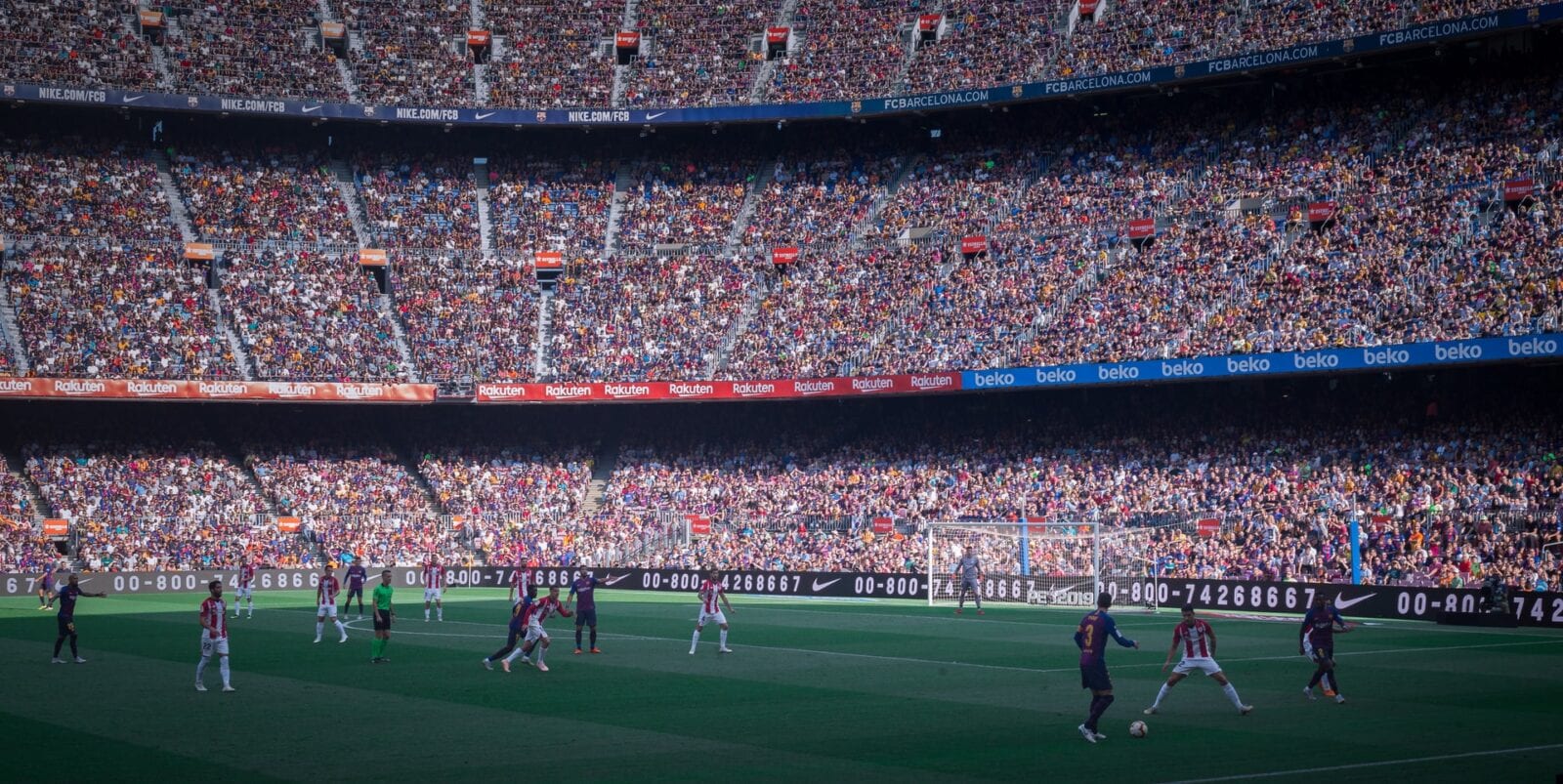
So what can football clubs, race tracks and the like expect here in Britain to be able to do to follow the Australian example? The simple answer is not a lot until we, as a country, get on top of the outbreak numbers.
Strict quarantine rules on international arrivals and travellers between states in Australia has meant a zero new case count on all fronts. The 0 led to 50,000+ sitting inside of stadium for the first time since pre-March.
While the rules in the UK have been relaxed to let small crowds back, other than those in Tier 3 areas, capacity crowds still look some way off. Perhaps even next year, given just how different the positive case numbers differ between Australia and the entire British Isles.
Premier League fixtures, the Cheltenham Festival, Grand National, even the delayed Euro 2020 look highly likely of taking place with half-empty stadia at best. Until the rest of the world matches Australia’s success in suppressing coronavirus, the roar of a full stadium still looks an awful long way off.



